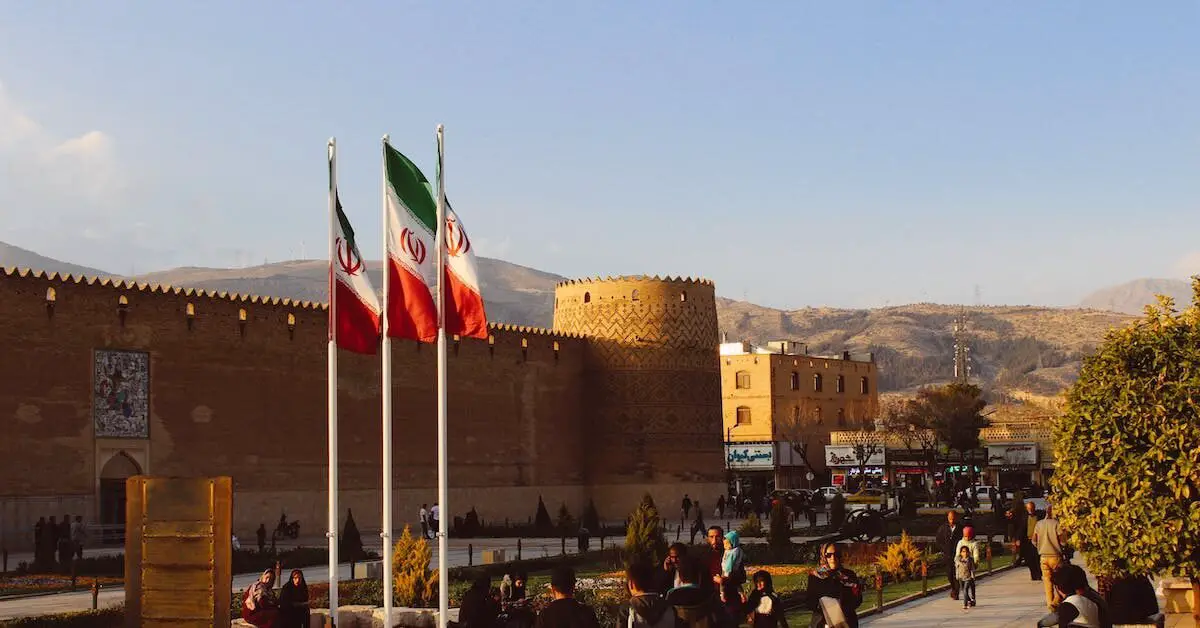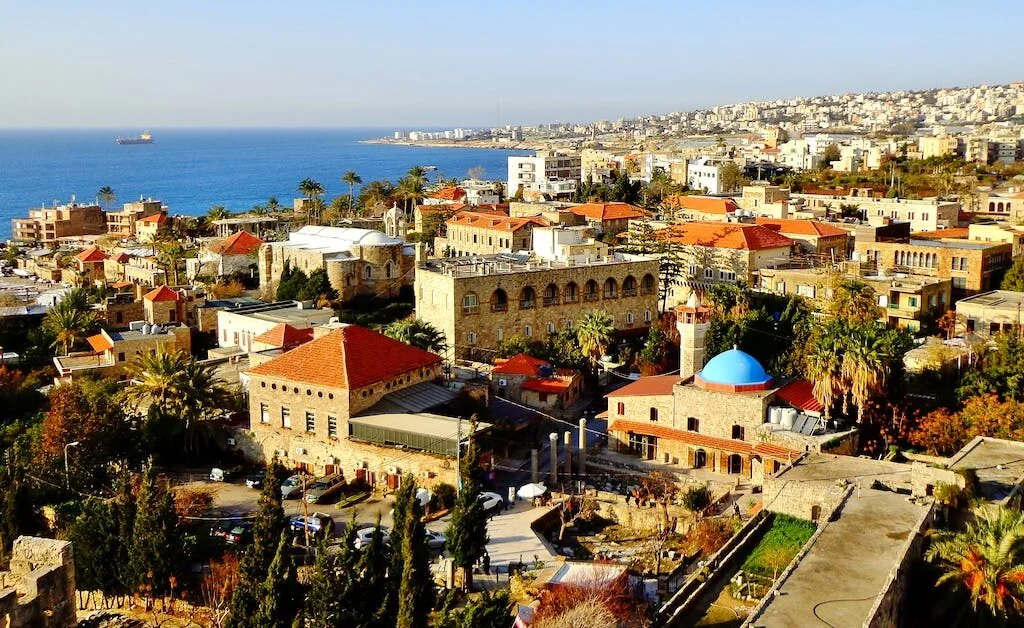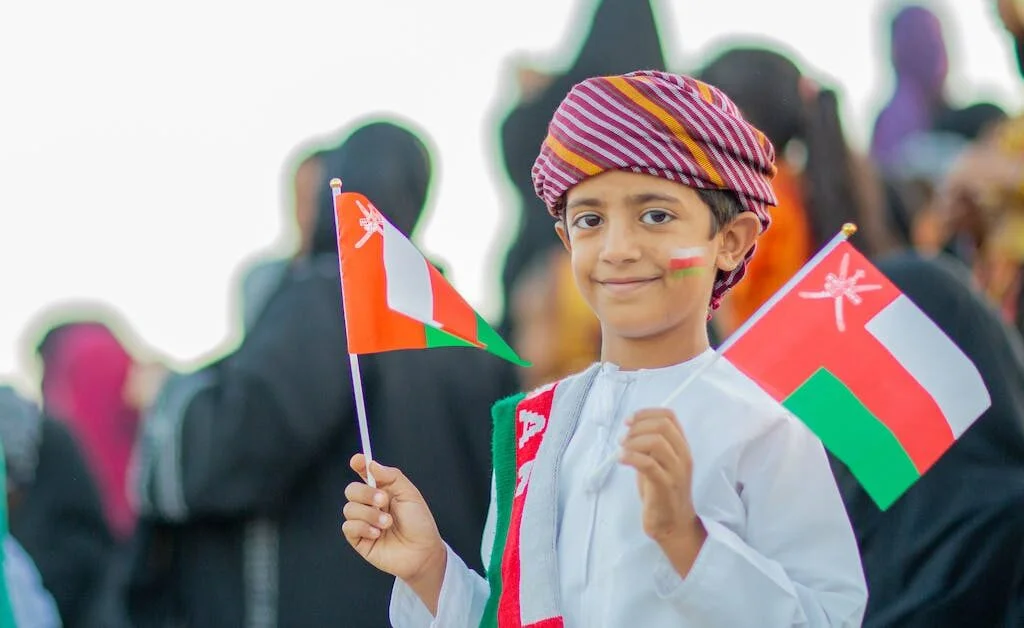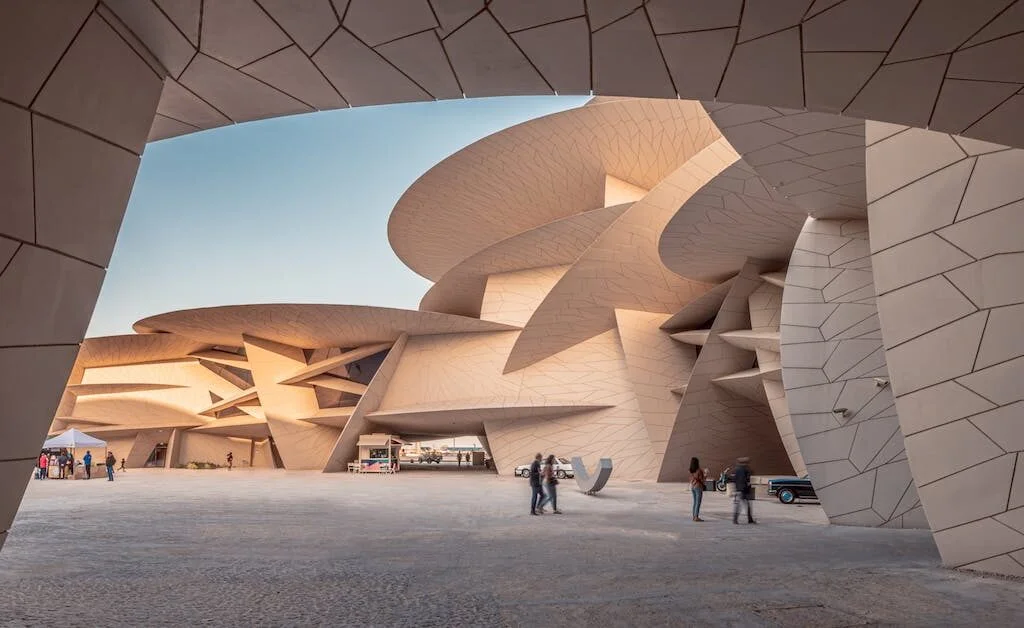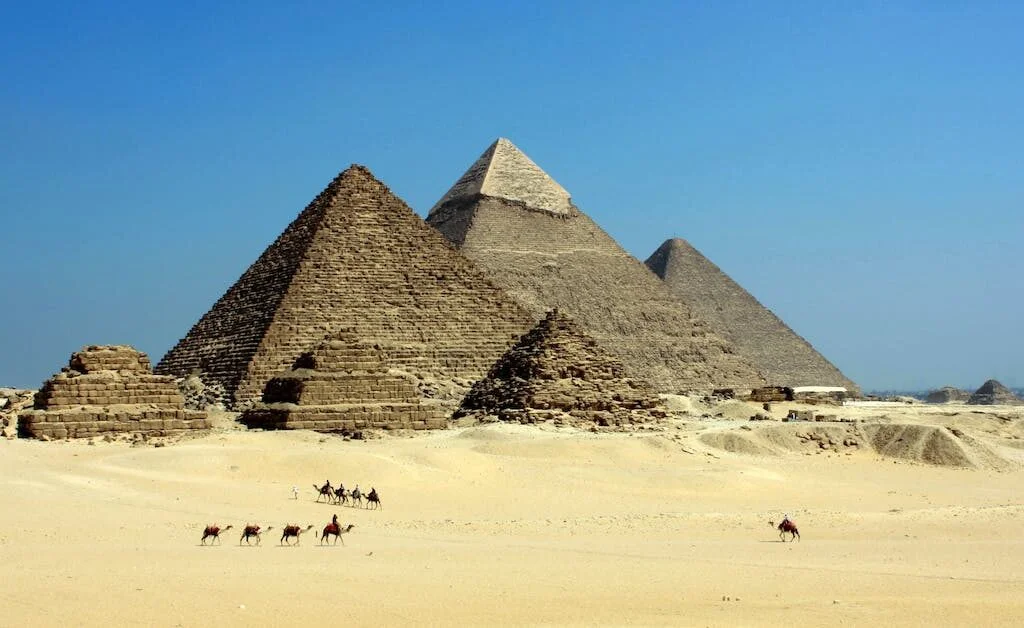Iran, a land of captivating history, breathtaking landscapes, and vibrant traditions, is a travel destination that beckons adventurers and culture enthusiasts from around the world. With an enduring allure dating back over a millennium, Iran offers an enticing blend of ancient Persian heritage, stunning natural beauty, and the warmth of its people. But when should you embark on your journey to this multifaceted nation? Timing is crucial, as Iran’s climate, festivals, and local customs vary from season to season. In this comprehensive guide, we will delve into the best time to visit Iran and ensure you experience its wonders to the fullest.
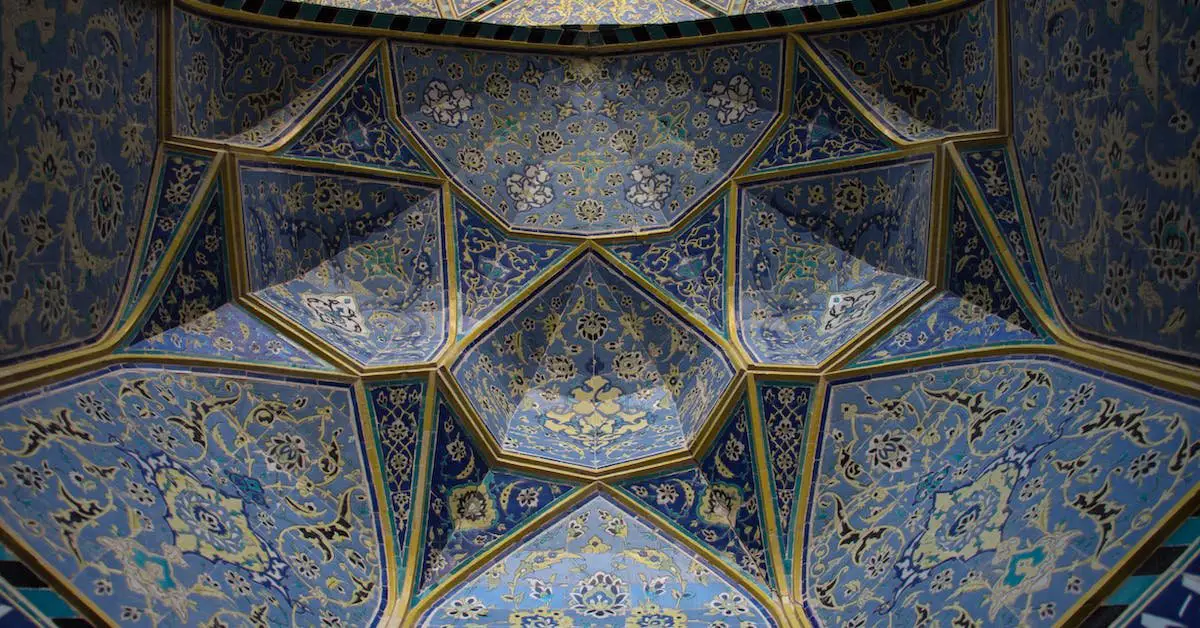
The Allure of Iran: Why Timing Matters
Iran’s significance as a travel destination lies in its wealth of historical sites, cultural treasures, and varied landscapes. From ancient Persian monuments like Persepolis to the breathtaking geological features of Dasht-e Kavir, Iran is a tapestry of experiences waiting to be explored. However, unlocking the full potential of this remarkable country requires careful consideration of when to visit. Whether you seek to roam the Caspian Sea’s lush coast or immerse yourself in the silent beauty of the Dasht-e Lut desert, understanding Iran’s climate and timing is essential.
Navigating Iran’s Climate Zones
Iran’s diverse topography results in a wide range of climate zones, each offering a unique travel experience. Understanding these climate regions is crucial when deciding the best time for your Iranian adventure.
- Caspian Sea Region: The northern coast experiences a humid subtropical climate with mild temperatures, lush vegetation, and vibrant landscapes. Perfect for a summer retreat.
- Northern and Western Mountains: Higher elevations in the Alborz and Zagros ranges create cooler summers and heavy winter snowfall, attracting snow sports enthusiasts.
- Central Plateau: Vast desert expanses in this region offer arid, scorching summers and chilly winters.
- Southern Coastal Plain: The Persian Gulf’s bordering areas have hot, dry summers and milder winters.
- Eastern Borderlands: These regions feature a continental climate, with hot summers and potential cold in higher elevations.
Seasonal Insights: When to Visit Iran
A. Spring (March to May)
- Spring in Iran brings mild temperatures, little rain, and fragrant blossoms.
- Experience the Nowruz festival, celebrate local traditions, and explore places like Persepolis and Isfahan.
B. Summer (June to August)
- The summer months bring intense heat, ideal for mountain escapes, especially along the Caspian Sea coast.
- Ramadan occurs during this season, with specific customs and local restrictions.
C. Autumn (September to November)
- Mild temperatures and changing foliage make autumn a great time to visit.
- Explore historic cities and scenic landscapes, and engage in local festivals.
D. Winter (December to February)
- Winter is a low season due to cold temperatures, snowfall, and potential mountain pass closures.
- Embrace the Yalda festival and take advantage of skiing opportunities.
Dealing with Crowds and Festivals
A. Peak Season Challenges
- Spring and autumn are peak seasons, offering pleasant weather but higher prices and crowds.
- Advance reservations are crucial to securing accommodations and dealing with crowds.
B. Navigating Local Festivals
- Explore the significance of Nowruz, Ramadan, Muharram, and Yalda.
- Plan around festivals, respecting local customs, and enjoying unique cultural experiences.
Proactive Travel Planning
A. Booking in Advance
- Secure accommodations and transportation early, using reputable travel platforms.
- Prepare for higher prices during peak seasons and ensure a smooth travel experience.
B. Budget-Friendly Travel
- Take advantage of off-peak seasons for cost-effective travel.
- Discover ways to explore Iran without breaking the bank during the quieter months.
C. Adapting to Local Customs
- Familiarize yourself with Iranian customs, appropriate attire, and respectful behavior.
- Ensure your visit aligns with local customs, especially during festivals.
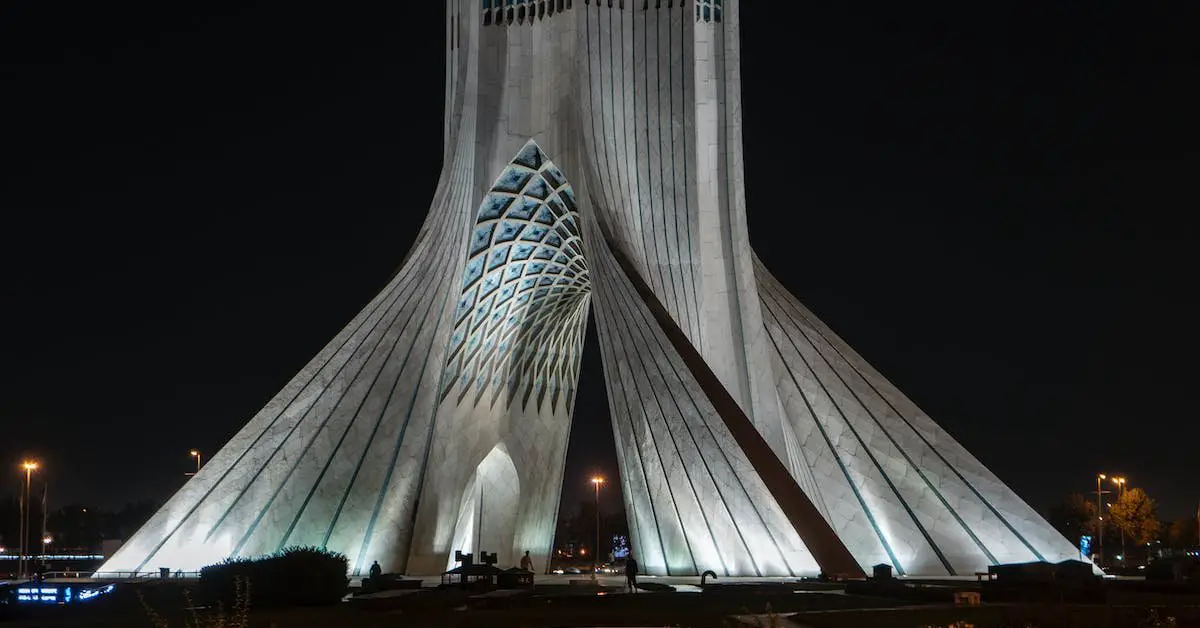
Monthly Breakdown: When to Visit Iran
A. March: Embracing the Nowruz Celebration
- March marks the advent of spring, with temperatures on the rise.
- Nowruz, Iran’s New Year, falls around March 20th, bringing vibrant celebrations and cultural festivities.
- Plan your visit to witness the colorful traditions and explore attractions like the Persian Gulf coast and ancient Persepolis.
B. April: Blooming Beauty Across Iran
- April ushers in the fragrant blossoms of spring, making it one of the loveliest months to visit.
- The gardens of Shiraz, often celebrated by renowned poets, come to life with orange blossoms and vibrant spring flowers.
- Ideal weather for outdoor activities, including hiking, trekking, and exploring the country’s natural beauty.
C. May: Pleasant Spring Adventures
- May continues the springtime charm, offering mild temperatures.
- The Iranian New Year celebrations may extend into early May, providing a unique opportunity to engage with local traditions.
- Consider exploring destinations like Isfahan and Shiraz, but plan well in advance due to the peak tourist season.
D. June: Welcoming Summer on the Caspian Coast
- June marks the transition to summer, with temperatures on the rise.
- The Caspian Ocean coast gives a rest from the mid-year heat, offering a lovely climate and opening doors for water sports.
- Note that Ramadan, a significant Islamic festival, may impact travel plans with restrictions on eating, drinking, and wearing specific attire.
E. July: Summer Retreat in Iran’s Mountains
- July can be hot in many parts of Iran, making it ideal for mountain escapes.
- Head to hilly destinations like Shemshak and Dizin for outdoor activities, including skiing and snowboarding.
- Coastal regions along the Caspian Sea provide milder weather for those seeking a beach getaway.
F. August: Coastal Serenity and Cooler Mountains
- August continues the summer season with warm temperatures.
- Coastal regions along the Caspian Sea and Persian Gulf offer beach relaxation and water sports.
- The mountainous areas provide a cooler summer climate, ideal for hiking and outdoor adventures.
G. September: Embracing Early Autumn
- September marks the beginning of autumn, with milder temperatures and pleasant weather.
- A shoulder season, September provides the best of both worlds: beautiful weather and fewer crowds.
- Explore popular tourist destinations like Tabriz, Shiraz, and Tehran’s markets, and trek the Sahand volcano.
H. October: The Allure of Fall Foliage
- October offers a continuation of pleasant autumn weather.
- Witness the changing foliage and picturesque landscapes, especially in the northern regions.
- Explore Iran’s cultural gems, from the Blue Mosque in Tabriz to the beautiful gardens in Shiraz.
I. November: Cooler Climate for Cultural Explorations
- November brings cooler temperatures, particularly in the northern areas.
- Ideal for exploring Iran’s cultural and historical sites, including museums, art galleries, and bustling bazaars.
- Embrace the Yalda festival around December 20th, a unique cultural experience.
J. December: Winter Adventures and Yalda Celebrations
- December heralds the arrival of winter with colder temperatures.
- Skiing enthusiasts can indulge in the winter sports season at destinations like Dizin and Shemshak.
- Participate in the Iranian Yalda festival, experiencing local customs and the recitation of poetry.
K. January: Exploring Iran’s Winter Wonders
- January continues the winter season with chilly temperatures.
- It’s an excellent time to visit ski resorts, enjoy the snow, and partake in winter sports.
- Discover the magic of Iran’s deserts, with cooler temperatures making exploration more comfortable.
L. February: Wrapping Up Winter Adventures
- February is the last month of winter, with temperatures beginning to climb.
- Skiing and winter sports enthusiasts can savor the final weeks of the season.
- Explore Iran’s cultural treasures and museums, taking in the historical richness.
With this monthly breakdown, you can pinpoint the best time to visit Iran based on your preferences and the experiences you seek in different seasons throughout the year.
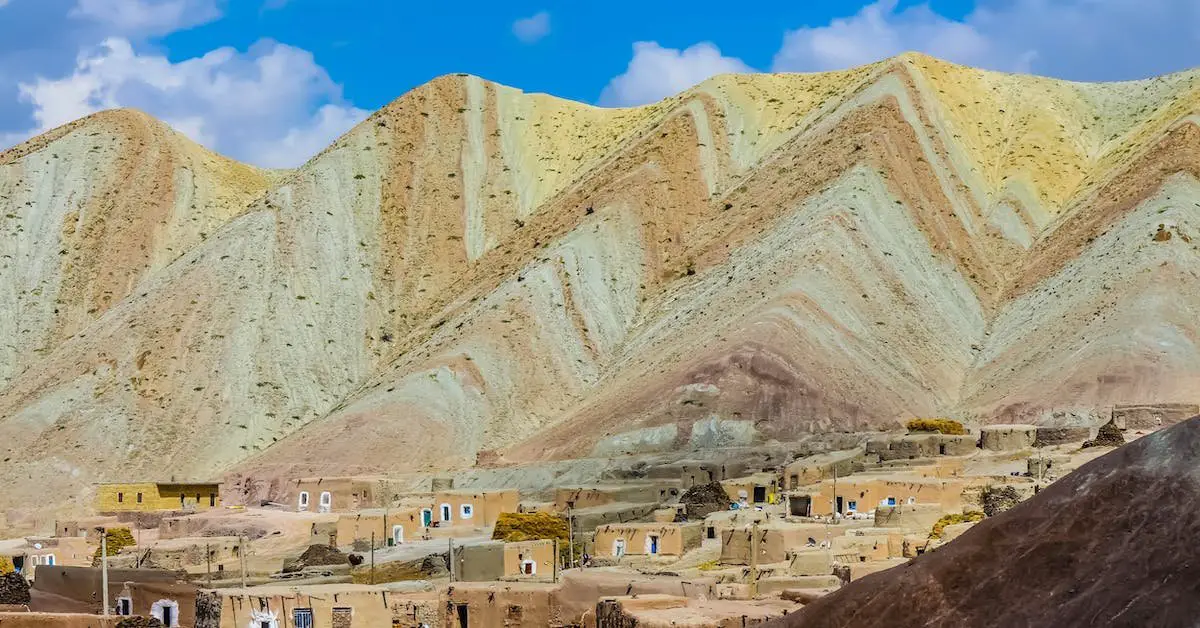
Activities, Things to Do, Events, and Places to Go in Iran
A. Explore Iran’s Rich Cultural Heritage
- Visit UNESCO World Heritage Sites like Persepolis and Pasargadae to witness ancient Persian history.
- Explore the vibrant bazaars of cities like Isfahan, Tehran, and Shiraz for unique shopping experiences.
- Delve into the country’s rich cultural tapestry through art galleries and museums.
B. Hike in Iran’s Scenic Landscapes
- Embark on hiking and trekking adventures in the Alborz Mountains, Dasht-e Kavir, and the Caspian Sea region.
- Discover picturesque natural wonders such as the Valley of Stars and the Hara Mangrove Forests on Qeshm Island.
- Enjoy the lush greenery and landscapes near the Caspian Sea.
C. Water Sports Along the Coast
- Indulge in water sports and activities on the Persian Gulf and Caspian Sea, including swimming, snorkeling, and boating.
- Explore the coral reefs and underwater beauty on Kish Island.
- Take a boat tour along the coast to soak in the stunning shoreline.
D. Cultural Festivals and Celebrations
- Experience Nowruz, Iran’s New Year, is celebrated around March 20th with lively festivals, traditional foods, and local celebrations.
- Witness the unique festivals of Ashura and Tasua in Muharram, featuring religious processions and events.
- Participate in the Yalda festival around December 20th, a celebration of the longest night of the year.
E. Winter Sports and Activities
- Skiing and snowboarding enthusiasts can enjoy Iran’s ski resorts like Dizin, Shemshak, and Bam-e Tehran.
- Explore the desert regions during the winter season, with cooler temperatures making it a pleasant experience.
- Engage in winter adventures like snowshoeing and snowball fights in the mountainous areas.
F. Sightseeing in Historical Cities
- Visit historical cities like Isfahan, Shiraz, and Tabriz, each offering unique architectural and cultural attractions.
- Explore the splendid gardens and picturesque mosques, including the Blue Mosque in Tabriz and Eram Garden in Shiraz.
- Immerse yourself in the charm of Tehran’s Azadi Tower, National Museum, and Tehran Tower.
G. Culinary Experiences in Iran
- Savor Iranian cuisine, which includes kebabs, stews, saffron-infused dishes, and delectable sweets like baklava.
- Visit local restaurants and cafes to enjoy the flavors of Persian cuisine.
- Explore the vibrant culinary scene in Tehran and other major cities.
H. Enjoy the Unique Local Markets
- Spend time in bustling markets, including the Grand Bazaar of Tehran, Tabriz Historic Bazaar, and Vakil Bazaar in Shiraz.
- Shop for traditional crafts, textiles, spices, and souvenirs to take home.
- Interact with local artisans and learn about traditional craftsmanship.
I. Adventure in the Desert Regions
- Explore the arid deserts of Dasht-e Kavir and Dasht-e Lut, famous for their unique landscapes.
- Witness the mesmerizing sand dunes, rocky formations, and serene desert vistas.
- Engage in desert activities such as camel riding and camping under the starry sky.
J. Beach Escapes in the Persian Gulf
- Discover Iran’s coastal treasures, particularly on the Kish and Qeshm Islands, with pristine beaches, resorts, and water activities.
- Explore the unique geological features like the Valley of Stars and the Hara Mangrove Forests on Qeshm Island.
- Enjoy snorkeling, diving, and relaxation by the Persian Gulf.
Conclusion
Choosing the best time to visit Iran involves a careful balance of climate, festivals, and personal preferences. Spring and autumn stand out as the prime seasons, offering pleasant weather, vibrant landscapes, and cultural festivities. Summer beckons to mountain lovers and those seeking quieter coastal escapes, despite the heat. Winter presents opportunities for skiing and cultural immersion during festivals like Yalda. Whichever season you choose, Iran’s rich tapestry of culture and climate promises a truly unforgettable travel experience. As you set out on your excursion, may you reveal the marvels of old Persia, relish the excellence of Iran’s different scenes, and produce enduring recollections.
Read more : Best Time to Visit Lebanon: A Comprehensive Guide

